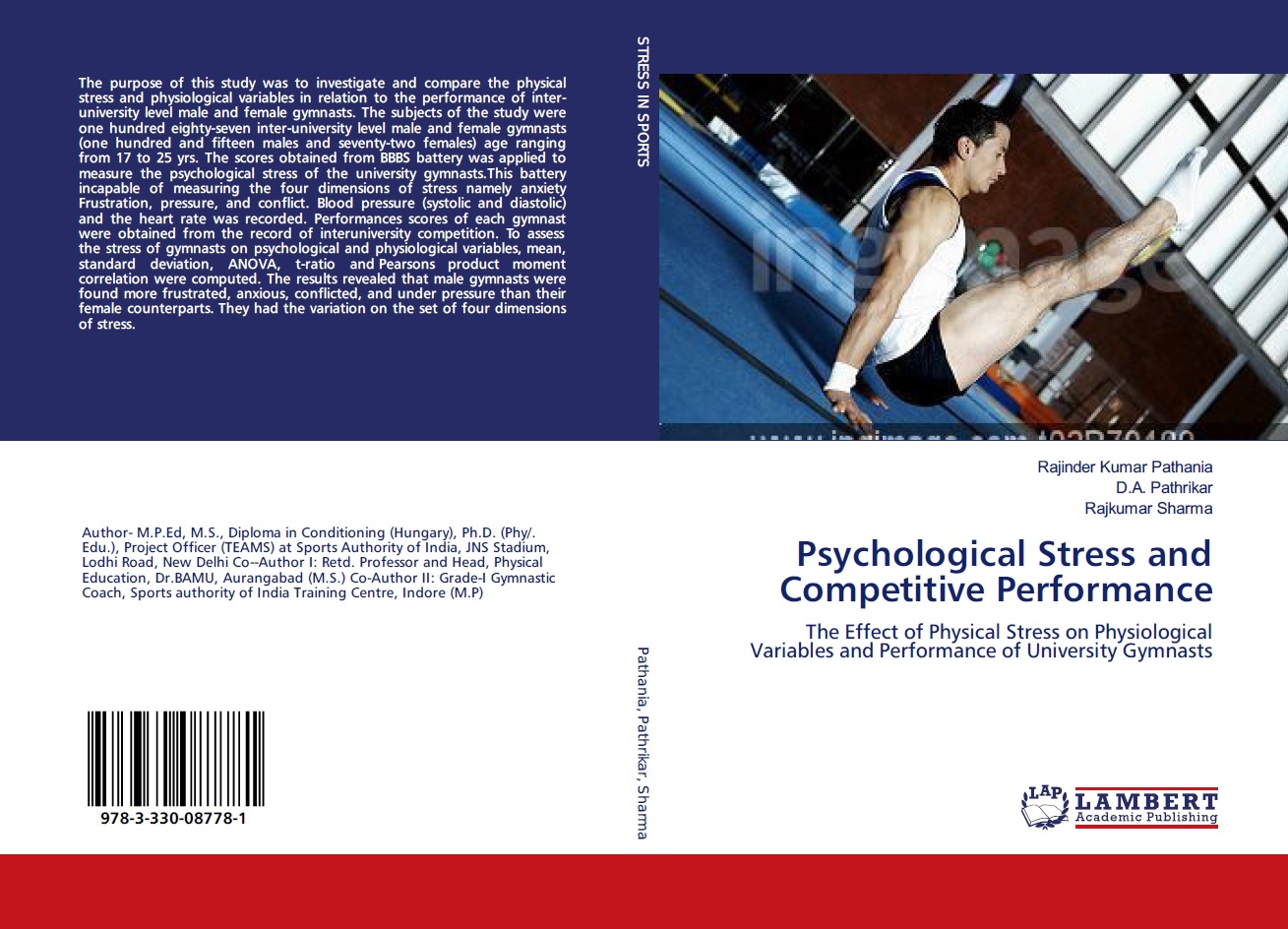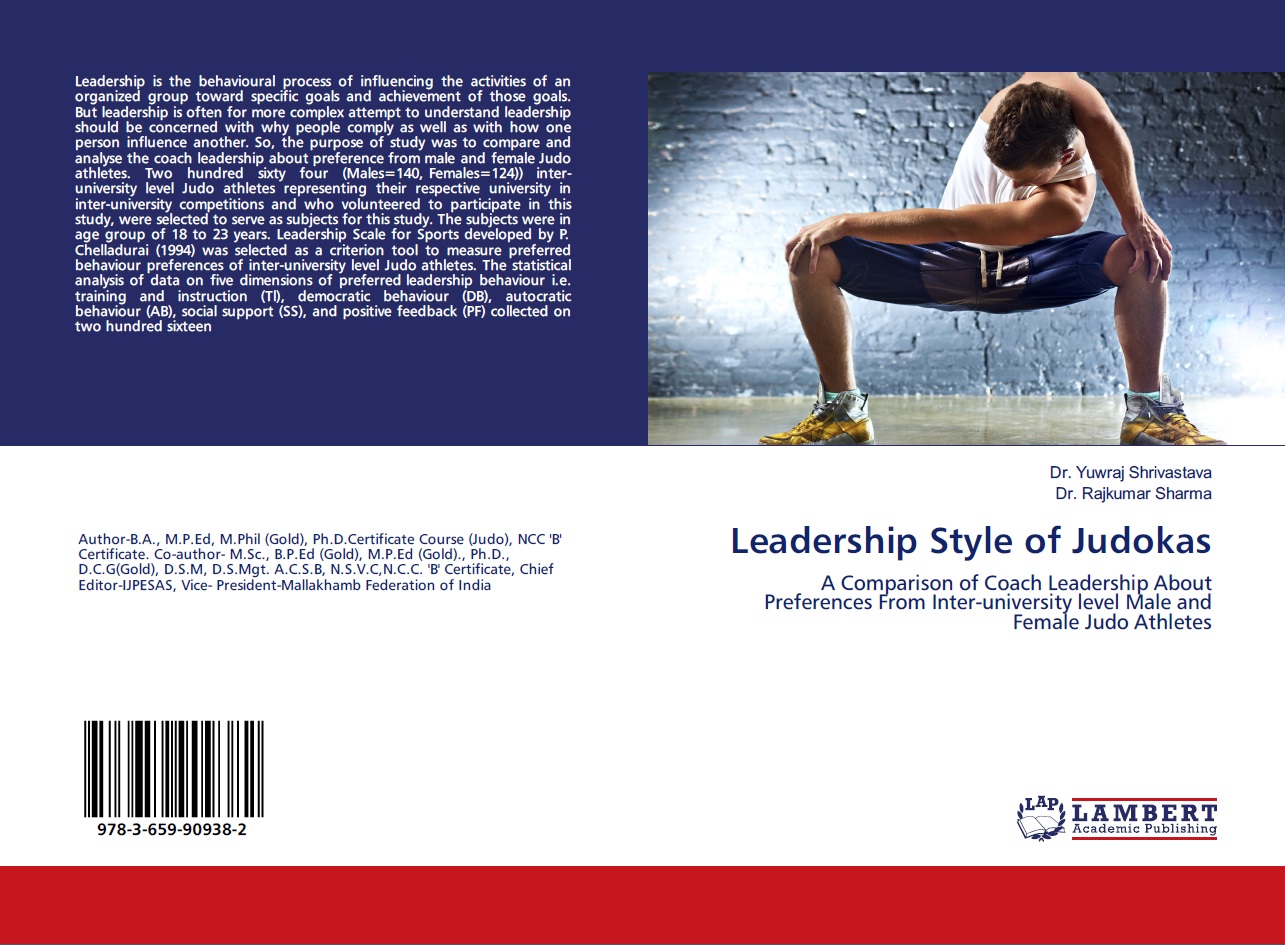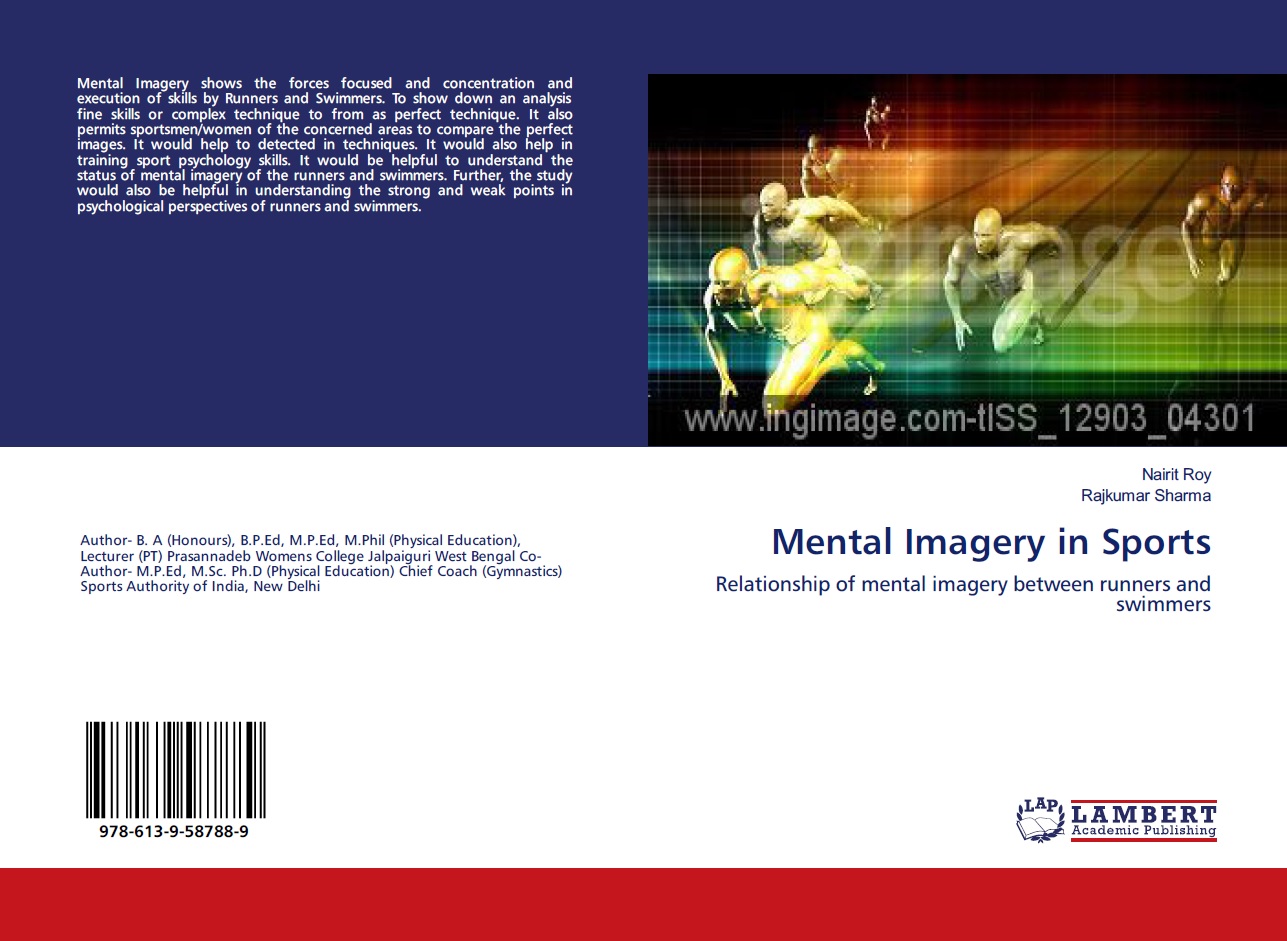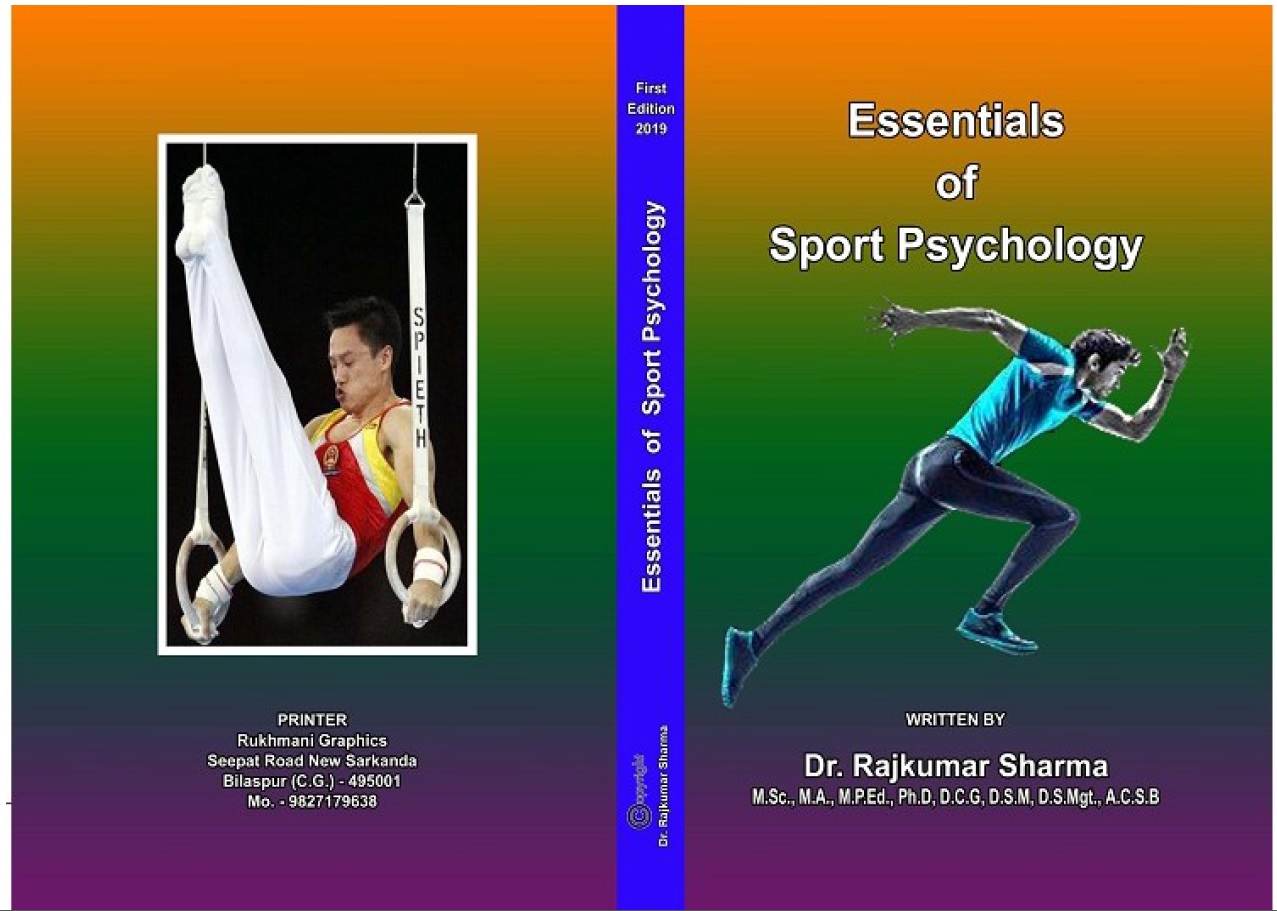| S.No. | Total View Count | Title of Manuscript | Page No | Download/ PDF |
|---|---|---|---|---|
| 1 | EVALUATION OF FOOT POSTURE INDEX, MEDIAL LONGITUDINAL ARCH ANGLE, NAVICULAR DROP, FOREFOOT ANGLE AND REARFOOT ANGLE IN YOUNG DANCERS: A CROSS-SECTIONAL STUDY Author: Sanjana1 and Jaspreet Singh 2 , Jagmeet Kaur³ | 50-56 |  3 3 |
Article info
doi no.: 05-2016-44975451;
AFFILIATIONS:
1. BPT Student, RIMT University, Department of Physiotherapy, School of Allied Healthcare Sciences.
2. Assistant Professor, RIMT University, Department of Physiotherapy, School of Allied Healthcare Sciences.
3. Assistant Professor, RIMT University, Department of Physiotherapy, School of Allied Healthcare Sciences.
Corresponding Author: Jaspreet Singh Assistant Professor, Department of Physiotherapy, RIMT University, Mandi Gobindgarh, Punjab, India.
Background: Research has shown that dancers who practice high-intensity physical routines may suffer from musculoskeletal ailments. The shifted foot position is a primary contributing component to the altered kinematics of the lower limbs. The aim of this study was to look into the young dancers' foot postural abnormalities. Techniques: Based on eligibility criteria, 40 female young dancers from Mandi Gobindgarh's Om Parkash Bansal Modern School were screened for the study. The Foot Posture Index, Medial Longitudinal Arch Angle, Nacular Drop, Rearfoot angle, and Forefoot angle were used to evaluate the subjects' postural abnormalities. Findings: According to a percentile study of the Foot Posture Index scores, young dancers have a higher prevalence of pronated feet (Left 5%, Right 7.5%) and supinated feet (Left 5%, Right 12.5%). The Medial Longitudinal Arch angle variations among young dancers exhibit both a decrease (Left 17.5%, Right 7.5%) and an increase (Left 17.5%, Right 12%) in angle. The majority of the young dancers had increases in their rearfoot angle (about 90%), forefoot angle (approximately 33%), and lateral drop (approx. 35%).Conclusion: The current study suggests that foot postural abnormalities are common among dancers, especially in their early years. Therefore, due to foot posture variations among dancers, preventive and interventional measures must be done to prevent various forms of musculoskeletal problems in the foot.
Keywords: juvenile dancers, foot postural aberrations, one foot issues, and biomechanical.
References
Cote K.P and Brunett M.E (2005) Effect of pronated and supinated foot posture on static and dynamic postural stability. Journal of athletic training. 40(1),41-46
Gorwa, J., Nowakowska-Lipiec, K., Guzik-Kopyto, A., Wodarski, P., & Michnik, R. (2021). Classic and indicative methods in the analysis of the foot arch and foot loads in professional folklore dancers on the basis of stabilographic tests. Acta of bioengineering and biomechanics, 23(4), 53–61.
Hawes, M. R., & Sovak, D. (1994). Quantitative morphology of the human foot in a North American population. Ergonomics, 37(7), 1213–1226.
Jim Macintyre and Elizabeth Joy, (2000) Foot and ankle injuries in dance, The athletic woman 0278-5919.
Li, F., Adrien, N., & He, Y. (2022). Biomechanical Risks Associated with Foot and Ankle Injuries in Ballet Dancers: A Systematic Review. International journal of environmental research and public health, 19(8), 4916.
Merchant S.N (2013) Foot Posture Analysis In Bharatnatyam Dancers.
Modak S, Sivakumar R and Rathod J (2023) Comprehensive study of foot posture in Bharatnatyam dance form. International journal of novel research and development. Volume 8- Issue 3.
Purnima Kumari, Priyanka Kumari and Shahiduz Zafar (2023) “To Observe the Navicular, Drop in High Heel and Non- High Heel Footwear Users’’ International Journal of Clinical Studies & Medical Case Reports, Volume 31- Issue
Sammarco GJ (1984) Diagnosis And Treatment In Dancers. Clinical Orthopaedics And Related Research.1;187:176-87.
 admin@sportscientistsviews.com
admin@sportscientistsviews.com





